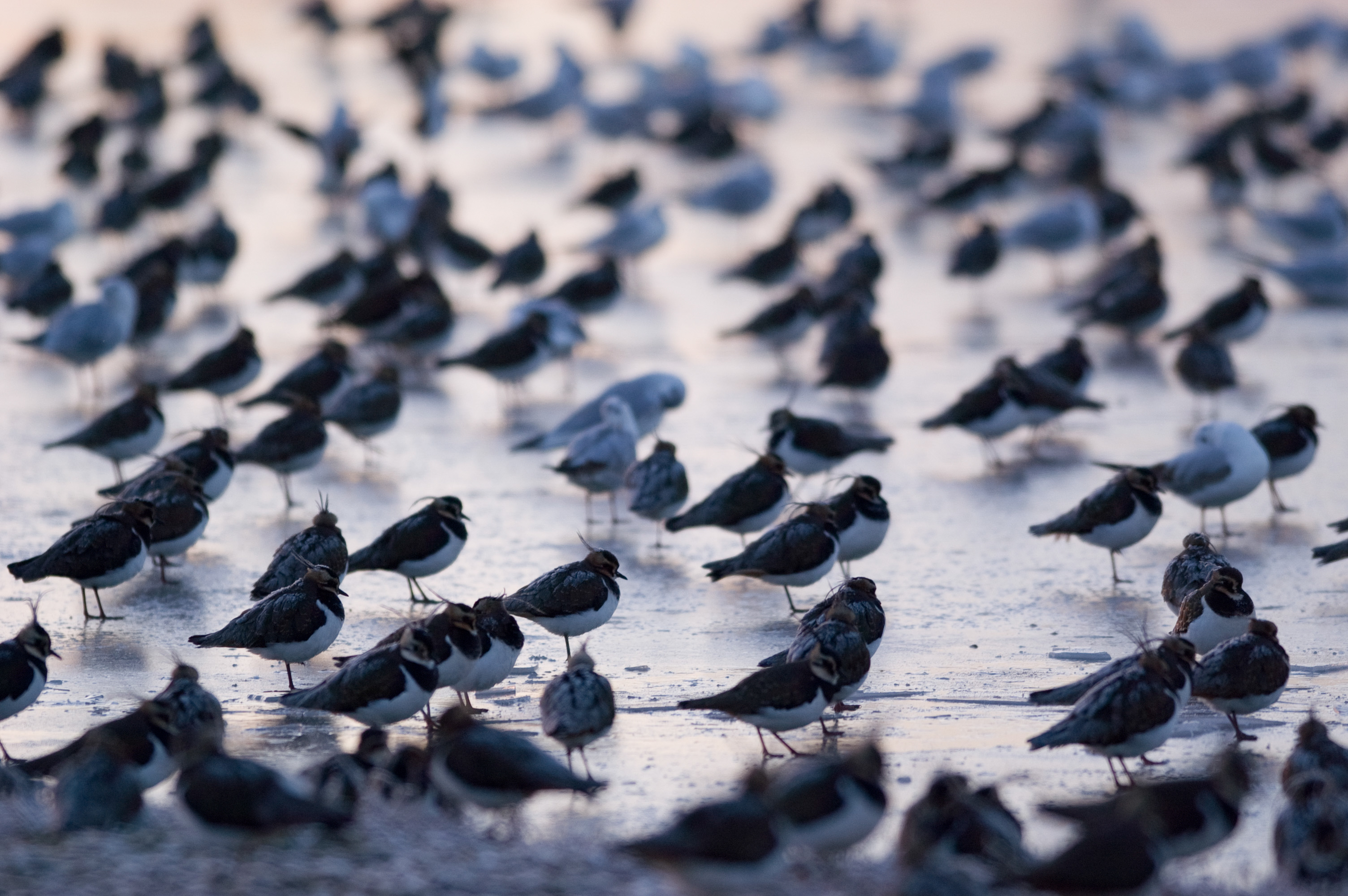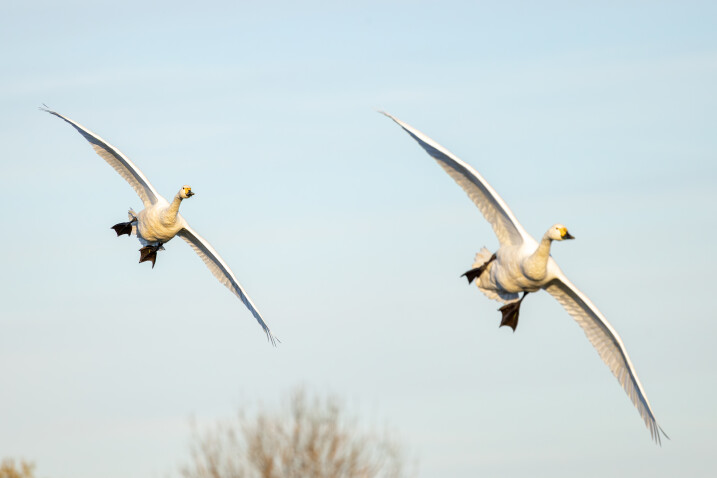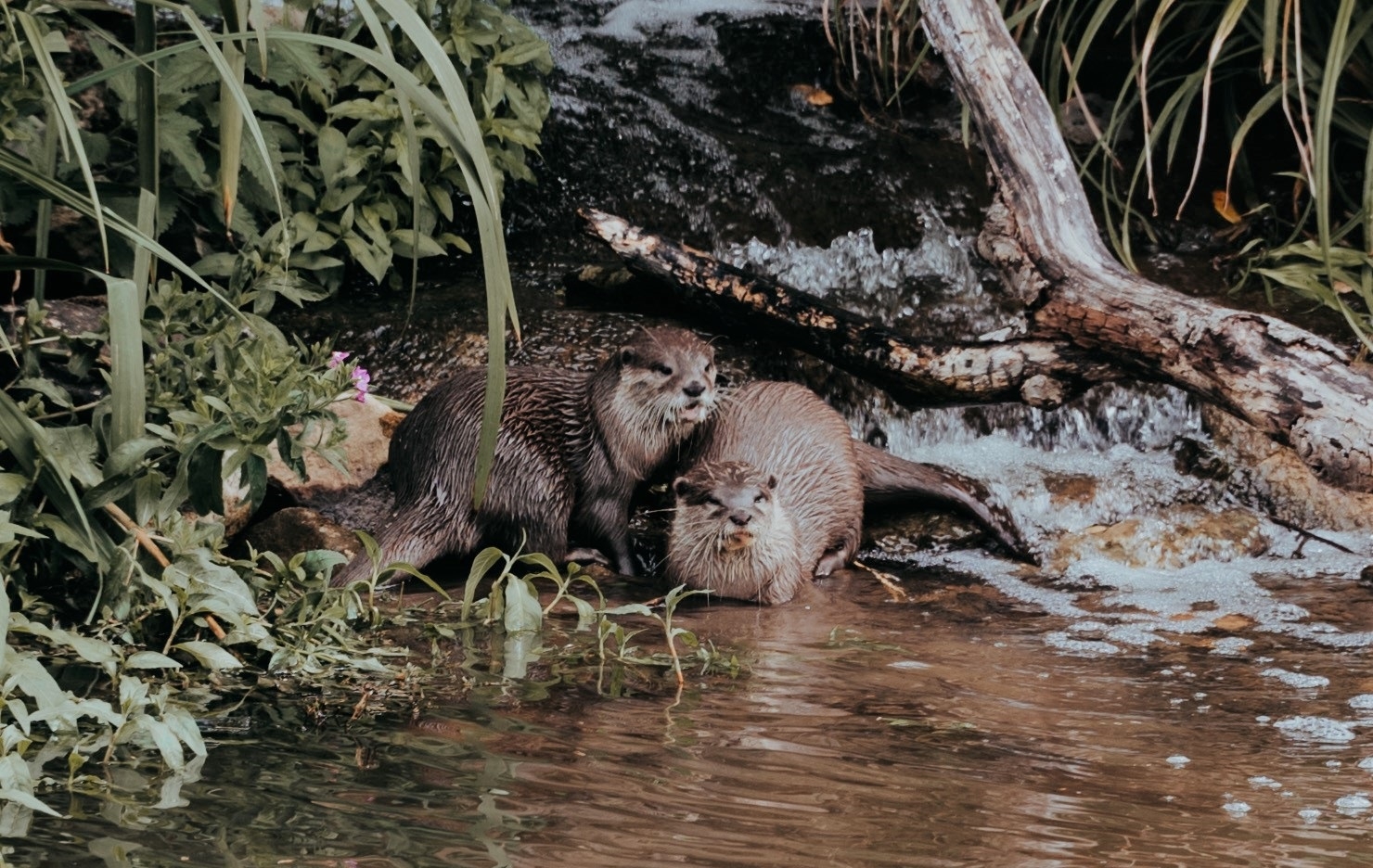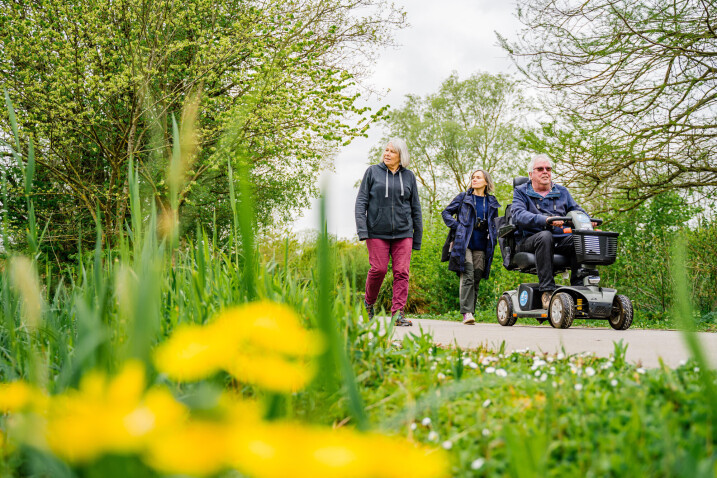Goodbye to our Greater Flamingos
Exciting changes have unfolded in the vibrant world of flamingos at WWT Slimbridge.
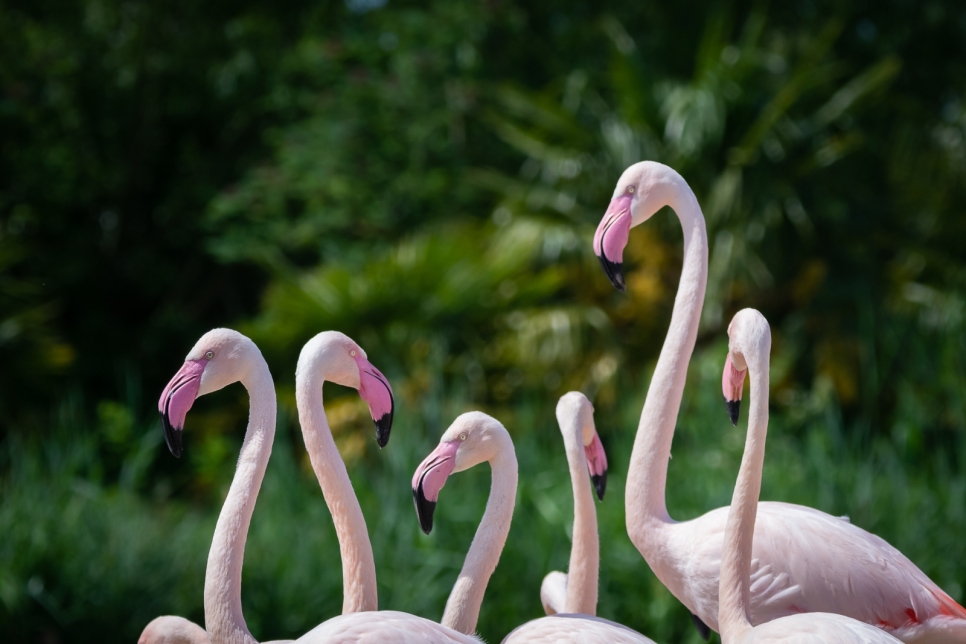
Exciting changes have unfolded in the vibrant world of flamingos at WWT Slimbridge.
The renowned "Flamingo Lagoon" exhibit, a fantastic and engaging visitor experience that brings visitors eye to eye with these charismatic birds, bids farewell to its large flock of greater flamingos, and welcomes our existing flock of near threatened Chilean flamingos.
The historical journey of greater flamingos at WWT Slimbridge dates to Sir Peter Scott's acquisition in 1961, complementing the existing collection of ducks, geese, and swans. Though once believed to be close relatives, we now understand that flamingos are not linked to ducks, geese, or swans but are more closely related to a pigeon. However, their presence at WWT serves as a testament to their role as wetland ambassadors, showcasing the wonder, diversity, and variety of life in wetlands. Our flamingos remain beloved attractions for visitors, and the decision to part with the greater flamingo flock reflects a strategic allocation of resources for the betterment of all our birds.
Simon Mathews, Living Collection manager at Slimbridge Wetland Centre said:
The decision to revaluate our flamingo populations reflects our commitment to advancing animal management techniques, prioritising welfare, and addressing the environmental impact of large flocks of birds. Years of thoughtful discussions and planning with a team of flamingo experts have led to this transformative move, ensuring the best interests of our remaining flocks – Andean, Lesser, Chilean, and Caribbean flamingos.
While the departure of the greater flamingo flock carries a touch of sadness, it signifies a strategic step towards enhancing the housing, management, and welfare of our remaining flamingo species. WWT Slimbridge proudly maintains its status as home to all six flamingo species, retaining a small number of greater flamingos that were deemed too old for travel, and our single old James's flamingo, Mr James.
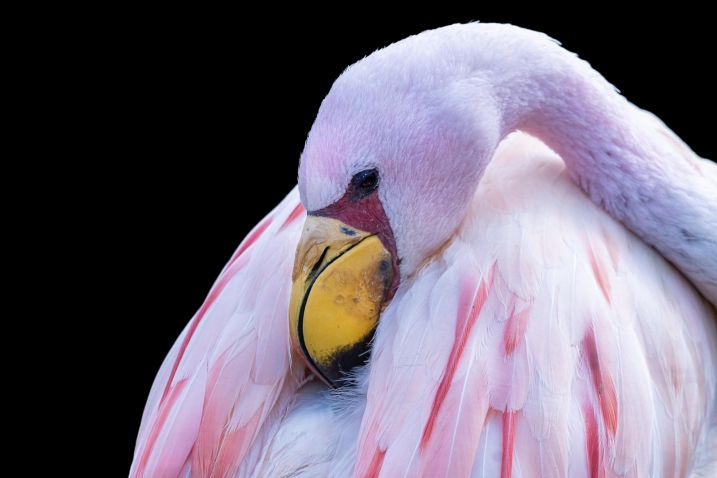
Phoebe Vaughan, Deputy Living Collections Manager at WWT Slimbridge, sheds light on the intricate planning and on-the-ground management of the flamingo move. Coordination and communication played a pivotal role in ensuring the well-being of over 150 birds during this significant transition.
The Living Collections team at WWT Slimbridge and I worked incredibly hard to secure support from collaborative institutions to achieve the numbers needed to achieve our aim, both during capture and the birds’ ultimate destination. We ensured that everybody involved in the move was well briefed on the process, knew their job role, knew what they were going to do, and all equipment and facilities used for transporting birds was up to scratch. This ensured the comfort and well-being of these unique and delicate pink birds. This undertaking was a long time in the planning and processing, but that effort was a necessity for all for the birds’ welfare.
We’re incredibly proud to have hit our objectives, and shared our skills with the wider zoo community. I’m incredibly proud of the Aviculture team and hugely thankful to all those who supported us and made this feat possible.
Looking ahead, the Flamingo Lagoon will undergo a winter makeover, setting the stage for exciting developments in the spring, focusing on our cherished Chilean flamingo flock. Visitors will still be able to delight in the spectacle of large flamingo groups, showcasing the social dynamics these birds thrive in.
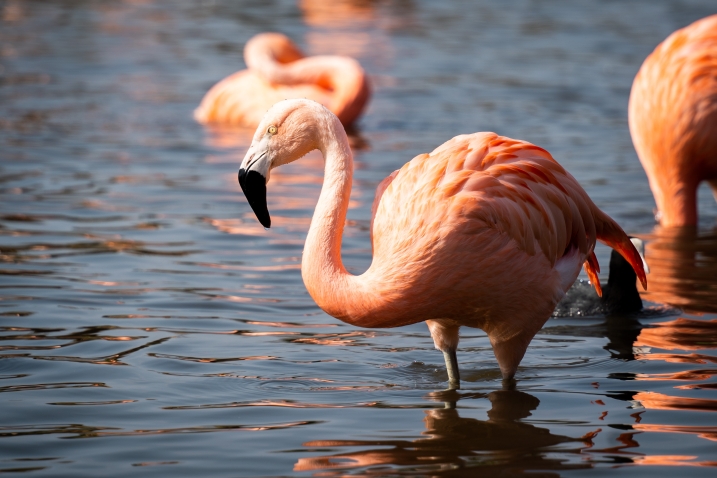
For those concerned about missing the departed Greater flamingos, fear not! Some older birds will continue to reside at WWT Slimbridge. The health and well-being of our flamingos remain paramount, with thorough health checks conducted by our expert veterinary team. A standardised protocol ensures that only healthy and fit birds embark on their journey to new homes, approved by our dedicated veterinarians.
As we embrace these changes, WWT Slimbridge remains dedicated to providing an enriching environment for our flamingo populations, contributing to both their welfare and broader conservation efforts. Join us on this journey of evolution, growth, and continued commitment to the wonder of wetland life!
